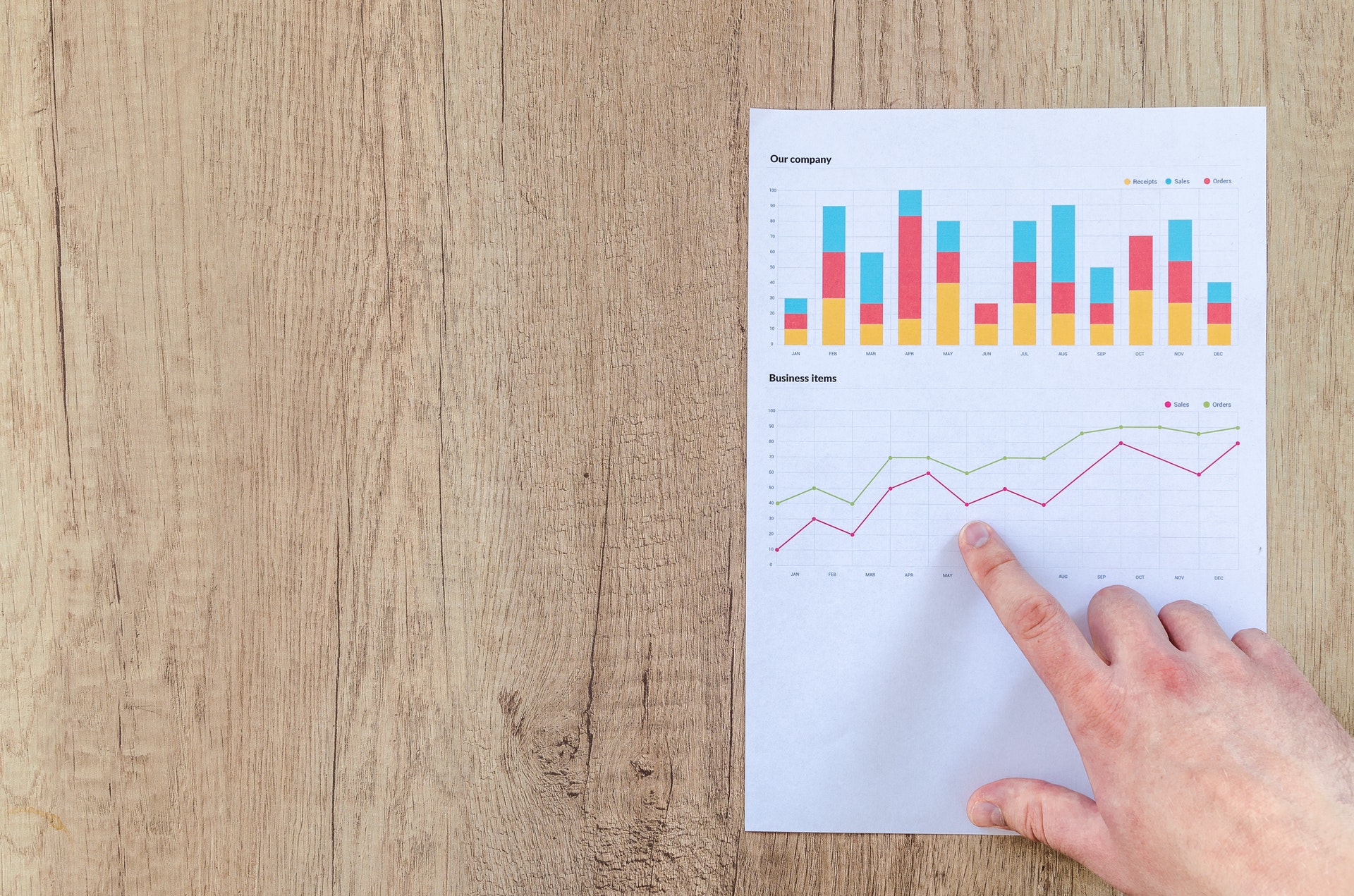7 Supply Chain KPIs You Should Be Measuring
This is a guest post by Daniel Jackson.
Establishing and running a decent supply chain entails solving numerous problems. But, to outline the correct issues and how to solve them, you need to pay attention to specific Key Performance Indicators (KPIs). So, to help you out, we will cover seven supply chain KPIs you should be measuring.
Important Supply Chain KPIs You Should Be Measuring
The following supply chain KPIs should give you a rough idea of how well your supply chain is doing. Depending on the intricacies of a particular supply chain, you may want to introduce other, more specialized KPIs to customize your supply chain further. Outlining which KPIs are important takes a fair bit of knowledge and experience. So, don’t shy away from consulting with more experienced professionals.

Perfect Order
Let’s start with what is commonly considered the most important KPI for evaluating the effectiveness of a supply chain. Namely, Perfect Order refers to a compound of metrics that give you an overview of vital aspects of the order fulfillment process (they ensure that your order is perfect). Furthermore, with these metrics, you can also track delivery operations and storage and management costs. The key metrics of Perfect Order KPI include:
- In-full delivery. This indicates the percentage of successful deliveries (the right person got the right package).
- On-time delivery. This indicates what percentage of deliveries were made on time.
- Accurate documentation. This indicates the percentage of sales deliveries delivered to the customers who had the proper paperwork.
This metric is vital for moving companies, for example. According to Royal Moving Company, it helps them outline how efficient their services are. Furthermore, it can allow you to trace potential issues in your moving service and hopefully fix them with relative ease.
Fill Rate
Another essential KPI for a successful supply chain is the fill rate. It indicates the percentage of SKU that you managed to ship successfully in the first go. This rate also helps you follow the in-full performance of your supply chain, as you can track:
- Order fill – the percentage of successful orders you’ve completed on the first go
- Line fill – the percentage of order lines you’ve successfully delivered on the first go
- Unit fill – the percentage of items you’ve successfully delivered on the first go
Gross Margin Return on Investment
There is no better KPI to follow for figuring out your inventory investment than the gross margin return. It shows the exact profit you’ve had from a specified amount of inventory investment. If you follow this KPI in the long run, you can pinpoint slow-moving items that yield little profit. Therefore, you can better optimize your warehouse and make profitable plans for the future. You can calculate gross margin return on investment (GMROI) with a simple equation:
GMROI = (Gross Profit) / [(Opening Stock – Closing Stock) / 2] X 100
If your GMROI is between 200 and 225, you can rest easy with having good profitability.
Inventory Velocity
Inventory velocity indicates what percentage of inventory is estimated to finish during a set period. As such, this KPI is quite important. You can use it to:
- Gain valuable insight into warehousing operations
- Optimize your inventory levels
- Have an easier time meeting customer demands
- Reduce the risk of outdated inventory
You can calculate inventory velocity with a simple equation:
Inventory Velocity = Opening Stock / Next Period’s Sales Forecast
You are good if your inventory velocity is between 60% and 70%. You should expect between 75% and 80% for fast-moving stock items. Anything below 60% or above 80% is considered risky. The first shows the risk of excess stock. While the second indicates a general shortage.
Inventory Days of Supply
If you want to know how many days your inventory can go without restocking, you will check the inventory days of supply KPI. You can estimate when you need to replenish your warehouse to be ready for higher demand by keeping track of it. Having a well-stocked inventory ensures the resilience of your supply chain because you are not as vulnerable to delays [like those caused by China’s lockdown of Shanghai] or sudden increases in demand. Ideally, you would monitor this KPI daily. That way, you can make sure to refill the inventory in a timely fashion.
Cash to Cash Cycle Time
Cash to cash cycle time indicates the number of days it takes between paying for raw materials and getting revenue from your products. The lower this KPI is, the more profitable you are. It also indicates that your delivery service and storage are properly managed, as you can keep up with the demand.
Inventory Turnover
The last of the supply chain KPIs you should be measuring is the inventory turnover. You can find out how many times you sell your entire inventory during a set period. This is especially useful if you combine it with inventory tracking. By knowing this, you can gain further insight into:
- Order fulfillment efficiency
- Marketing and sales operations
- Product processes
You can easily calculate inventory turnover with this equation:
Inventory Turnover Ratio = Cost of Goods Sold / {(Opening Stock – Closing Stock) / 2}
Final Thoughts
If you wish to find more specific supply chain KPIs you should be measuring, we suggest that you first carefully outline the details of your supply chain. More often than not, you will find a weak link where you are losing efficiency. Then, if you apply a KPI to that link, you can test out different ways of improving it. Again, consulting with experienced supply chain specialists is highly recommended, especially those with experience in your field.
Finally, don’t try to incorporate all of these KPIs at once. If you have little experience, consider incorporating them one by one. That way, you can learn how your company impacts those KPIs and what their metrics show.

This was a guest post by Daniel Jackson.
Author Bio
Daniel Jackson has worked in logistics for 15 years and recently he began writing articles, hoping to help companies improve their operations and cut costs. In his free time, Daniel plays chess and enjoys cooking.




